We’re No. 1!
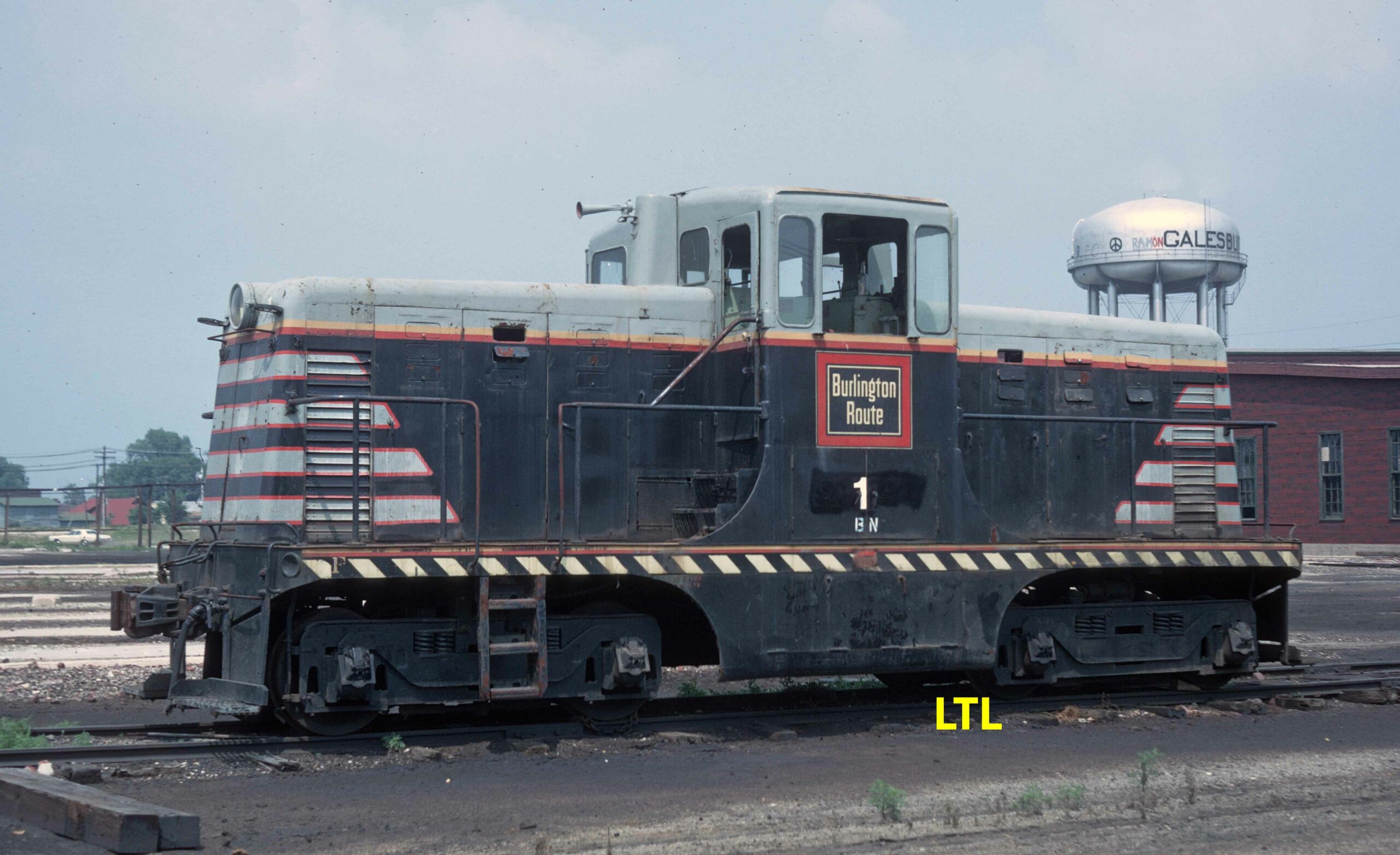
Locomotives Number One: We long ago gave up on how railroads number their locomotives. Just as we figure out a particular railroad’s roster system comes along a renumbering, a reclassification of a locomotive class from road to yard duty, or a juggling of order when two companies merge. Many railroads, large and small, simply started at a particular number and added to it when new units arrived.
Look at Southern Pacific, for example. On its Pacific Lines, west of El Paso, Texas, SP numbered its first EMD SW1 switcher No. 1000, then added three Alco HH660s as Nos. 1001-1003, with more SW1s from 1004 to 1016. Alco S1s went from 1017 to 1021; a pair of Baldwin VO660s occupied 1022 and 1023. Next were Alco S3s and finally a whole slew of Alco S6 switchers.
Confused? You have every right to be, as many trainmasters tried to figure out what to deploy where, and when. Compounding the situation was that east of El Paso, on the so-called Texas & New Orleans lines, similar locomotives were shoved into two- and three-digit numbers.
It was similar on the Pennsylvania Railroad. Management was still thinking in terms of steam railroading, where a mechanic could fix anything with a wrench. Diesels were a breed of their own.
With a spaghetti bowl of numbers like that, and as rosters got larger and more complex, many rail operations tried, and some even succeeded, in starting at the beginning and assigning units No. 1!
With that in mind, here’s a handful of examples of diesels occupying the first digit. There are Class I railroads, Class IIs, Class IIIs, and myriad industrials. Gordon Lloyd Jr. and I found dozens of them. Below, a sampling of what has been and still is, the ultimate roster simplification … We’re No. 1!
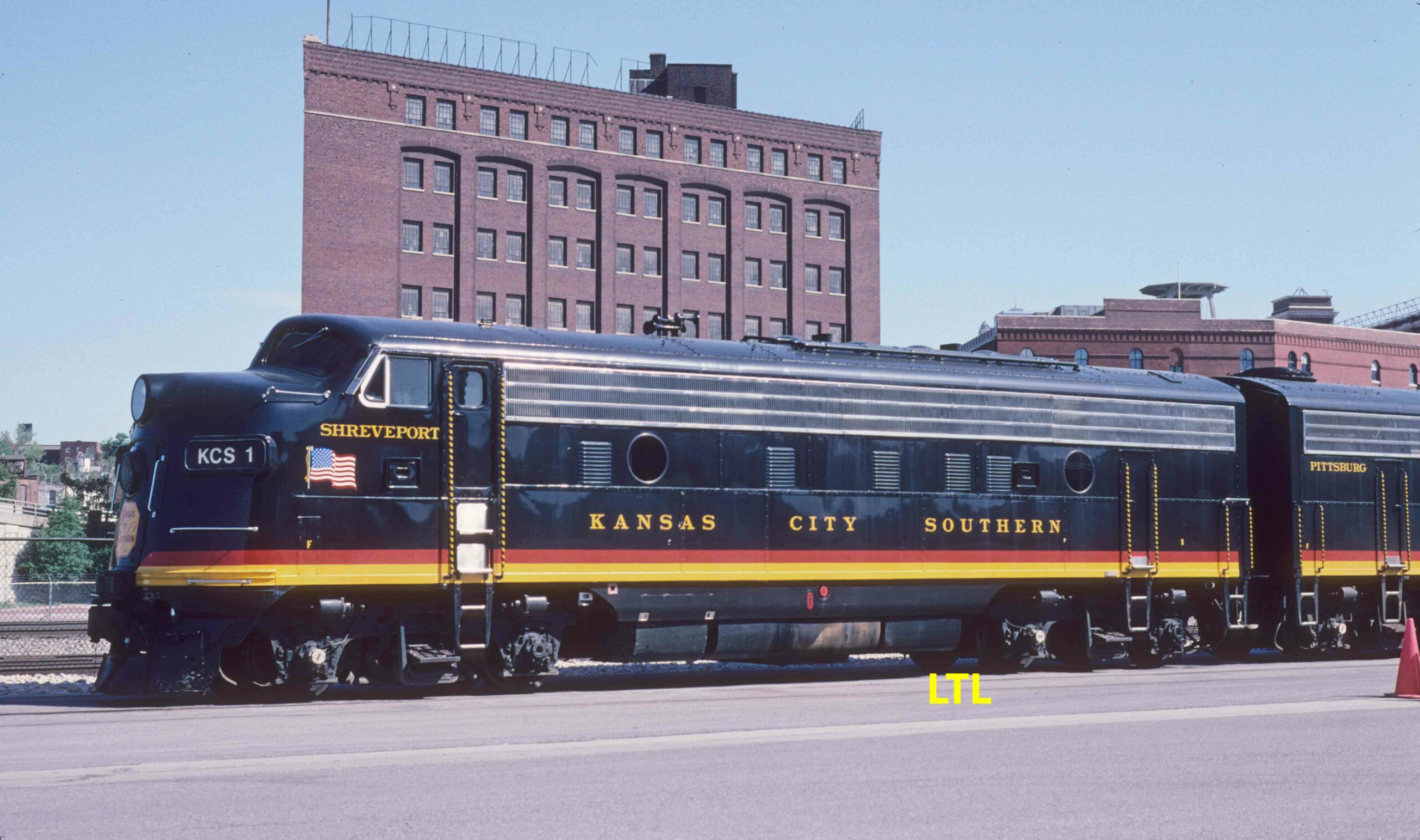
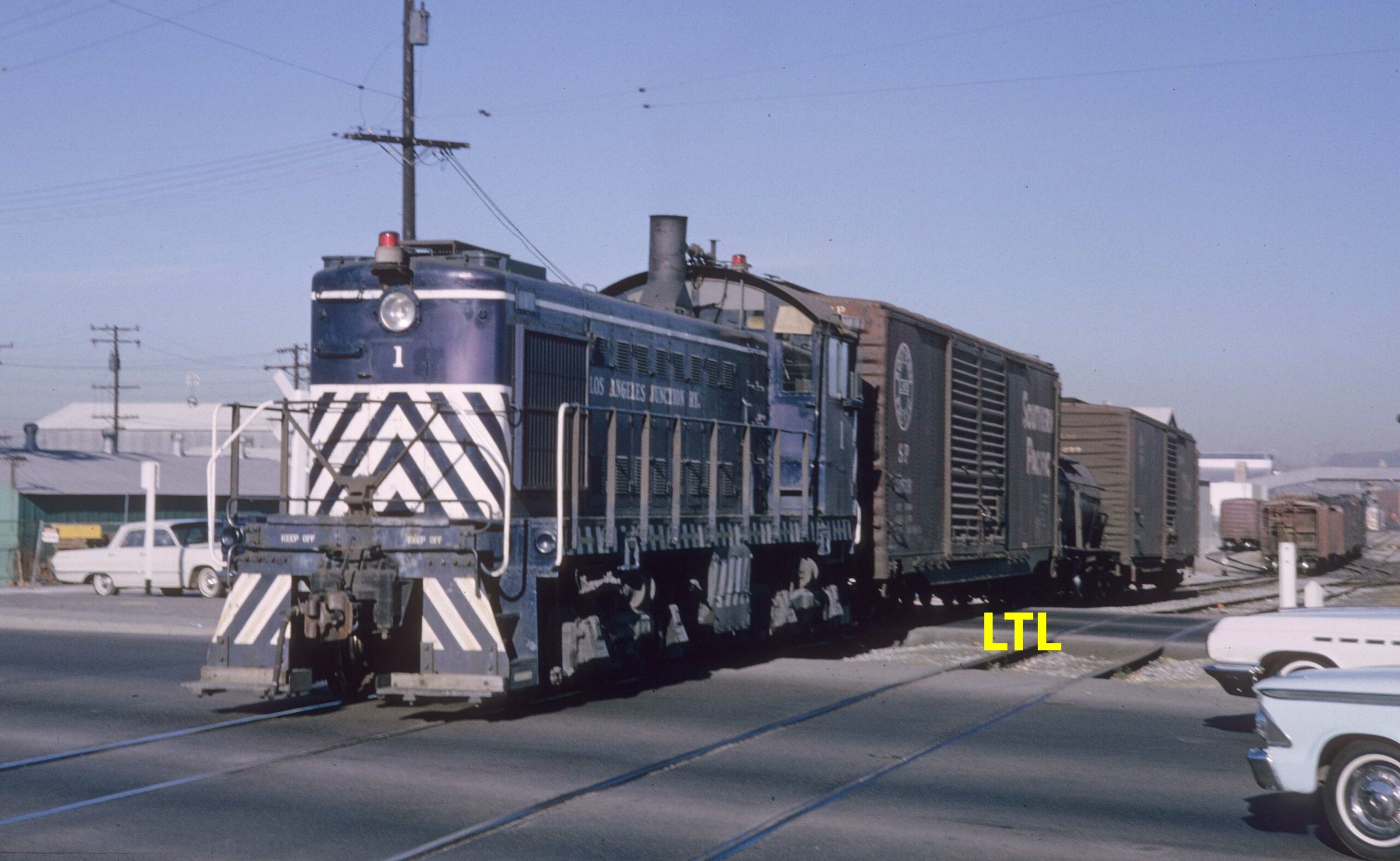
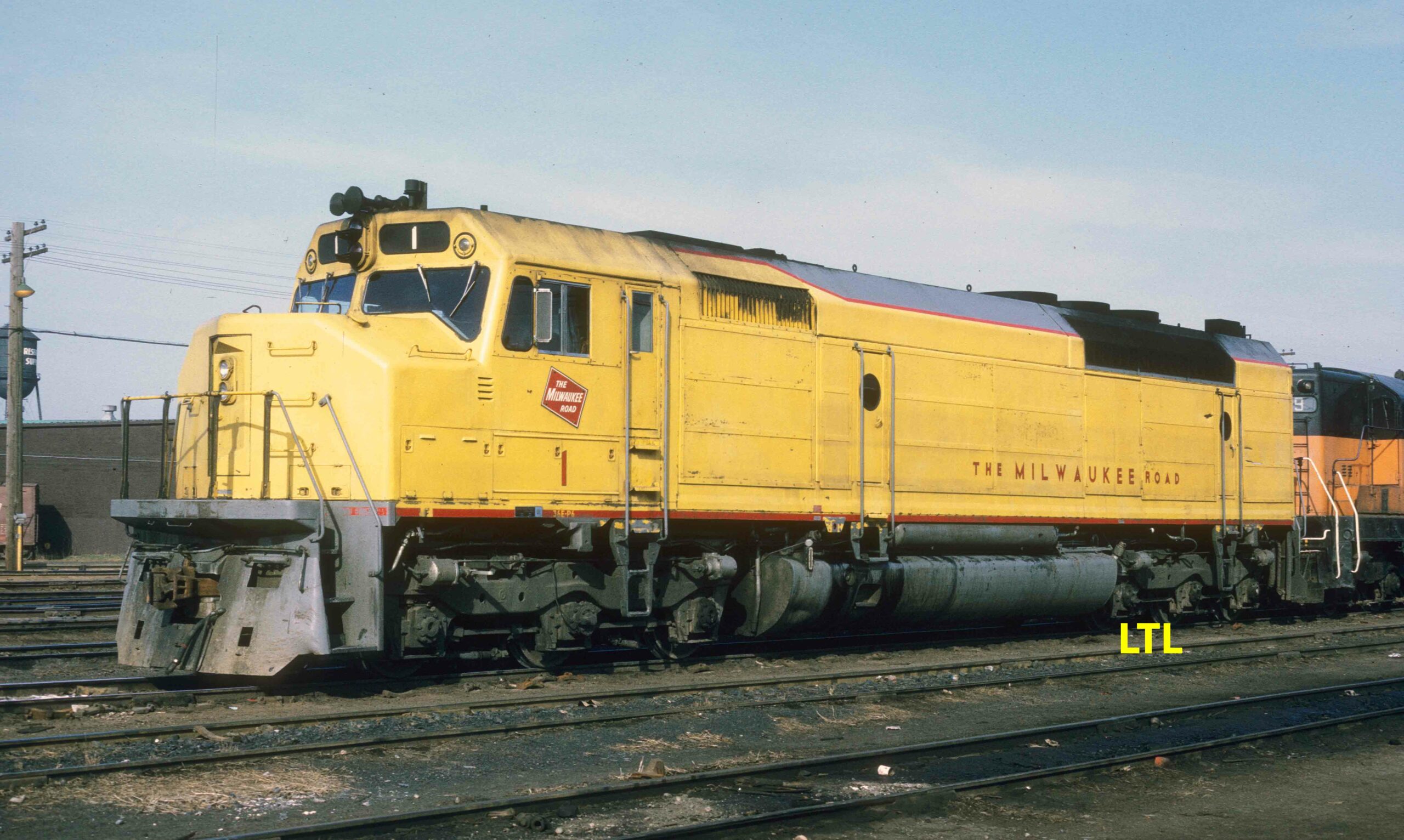
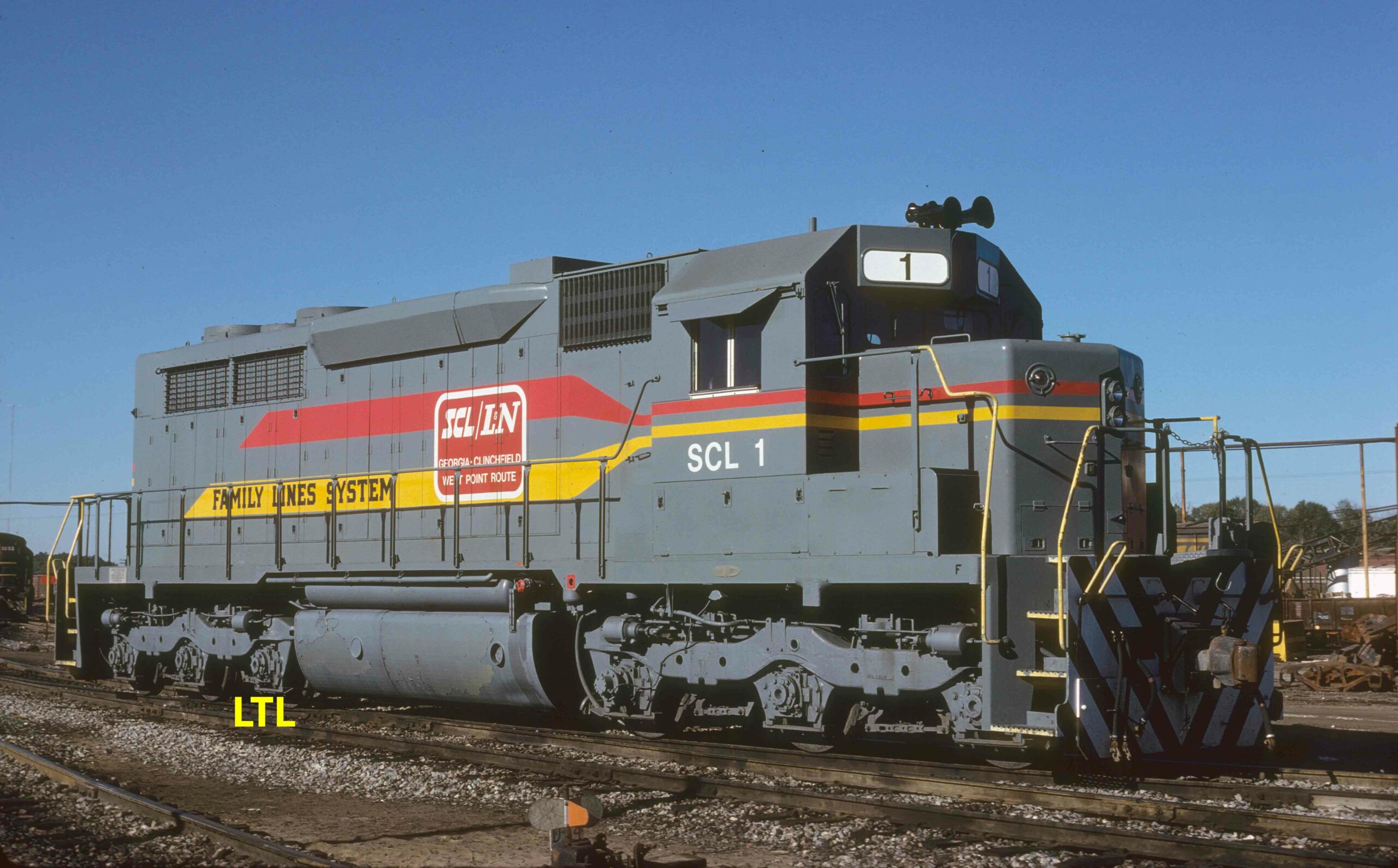






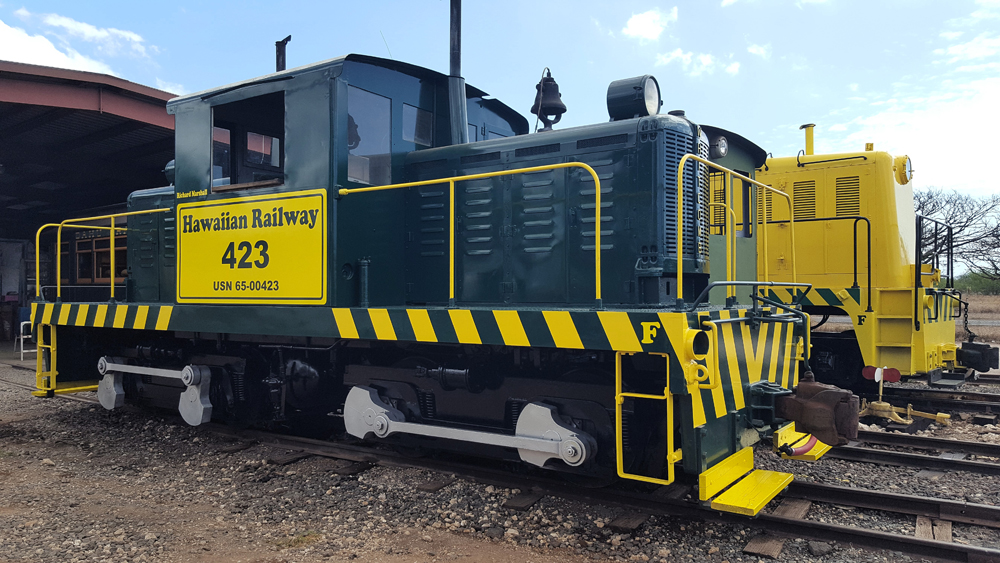
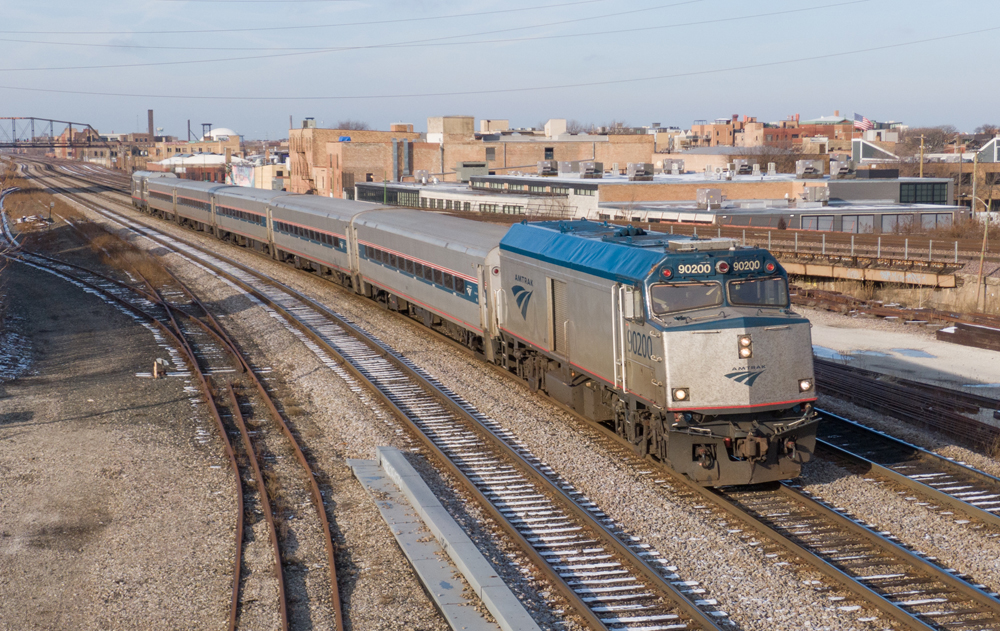
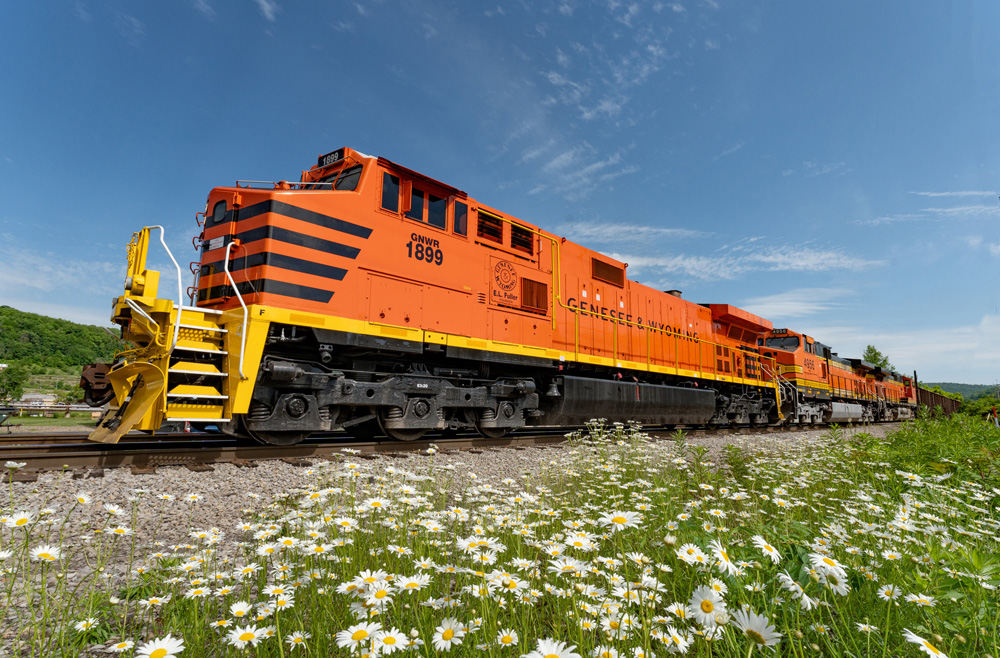
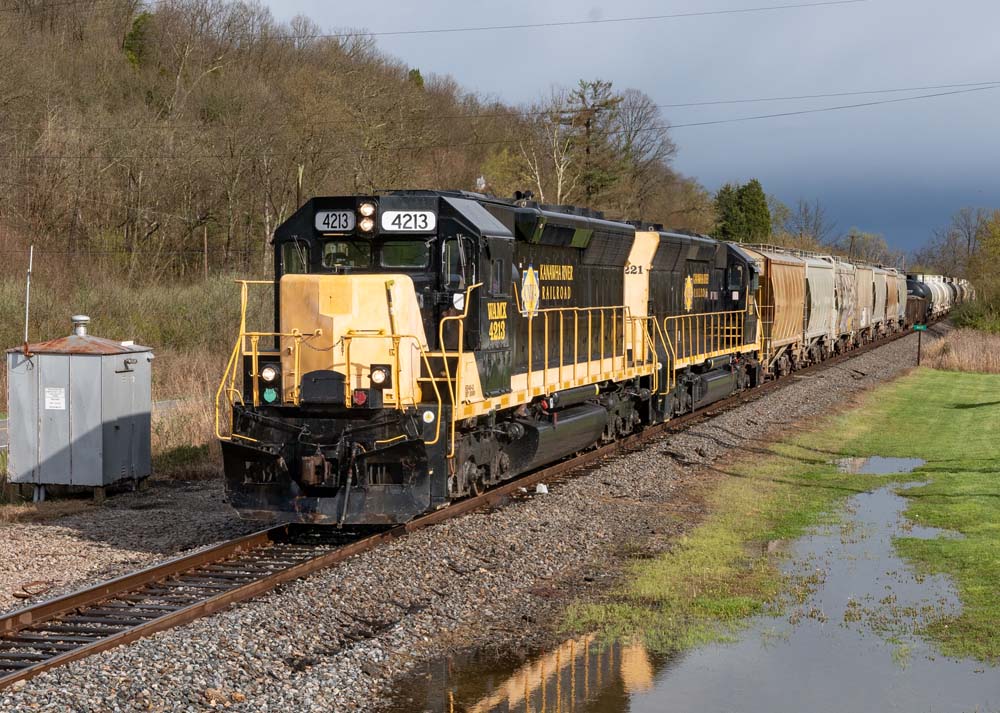




What about UP Big Blow turbine 1?
If I didn’t know any better, I’d say that building behind the Kansas City Southern F9 looks like a background flat! It looks like the building doesn’t have any sides.